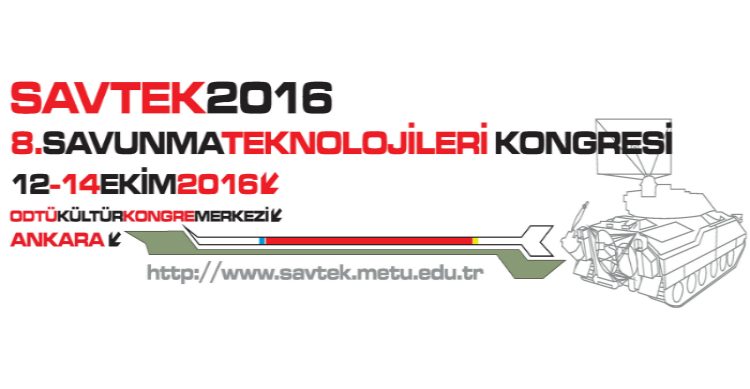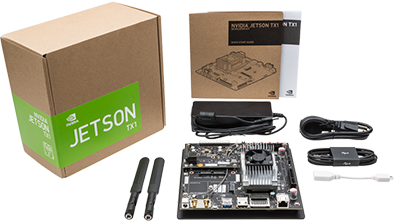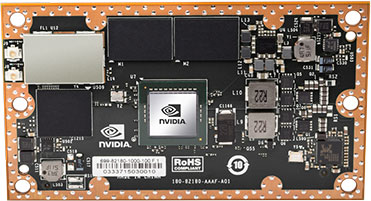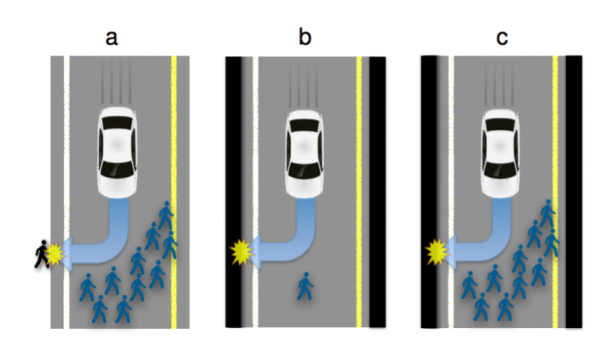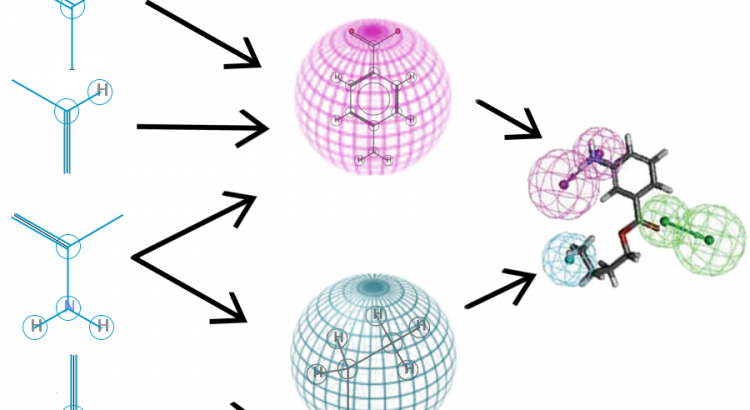Derin öğrenme, görüntü analizi ve doğal dil işleme başta olmak üzere, bir çok konuda önemli uygulamaları olan bir yapay öğrenme alanıdır. Son yıllarda dünyada, özellikle görüntü işleme ve doğal dil işleme alanlarında, en yüksek performansı sergileyen algoritmaların derin öğrenme tabanlı olduğu gözlenmektedir. Bu gelişmeler ışığında, ülkemizde de, başta savunma sanayi olmak üzere, derin öğrenme yaklaşımının bir çok uygulama alanı bulacağı öngörülmektedir. Bu kapsamda, ODTÜ Görüntü Analizi Uygulama ve Araştırma Merkezi (OGAM) ve Aselsan Araştırma Merkezi Akıllı Veri Analitiği Araştırma Program Müdürlüğü, 12-14 Ekim 2016 tarihlerinde ODTÜ KKM’de düzenlenecek SAVTEK 2016 Kongresi bünyesinde bu önemli konu üzerinde akademik paylaşım yapılması ve bilgi alışverişi sağlamak amacıyla “Savunma Sanayinde Derin Öğrenme Uygulamaları” başlıklı özel oturum düzenlemektedir.
SAVTEK 2016 Kongresi ile ilgili bilgilere http://www.savtek.metu.edu.tr/ adresinde ulaşılabilir. Bildirilerin teslim edilmesi için son tarih 29 Nisan 2016 olarak belirlenmiştir.
Özel oturuma bildiri sunmayı planlayan yazarların özel oturum düzenleyicilerini eposta (ogam@metu.edu.tr & aykutkoc@aselsan.com.tr) ile bilgilendirmesi önemle rica olunur.
Bu oturuma bildirilerinizle katkı sağlamanız bizleri sevindirecektir.
Saygılarımızla,
Prof. Dr. A. Aydın Alatan (ODTÜ OGAM Başkanı) &
Dr. Aykut Koç (Aselsan Araştırma Merkezi Akıllı Veri Analitiği Araştırma Program Müdürü)
